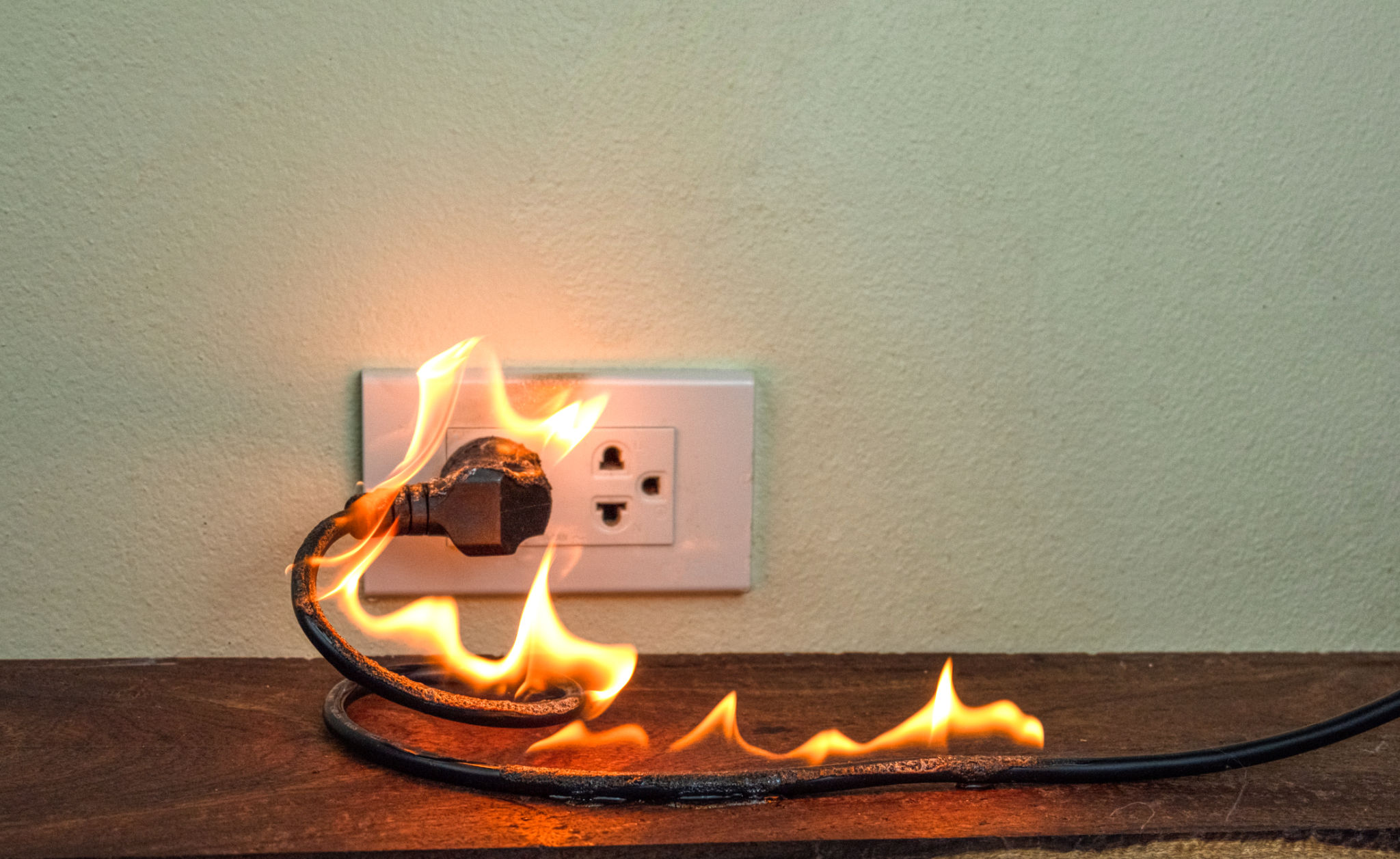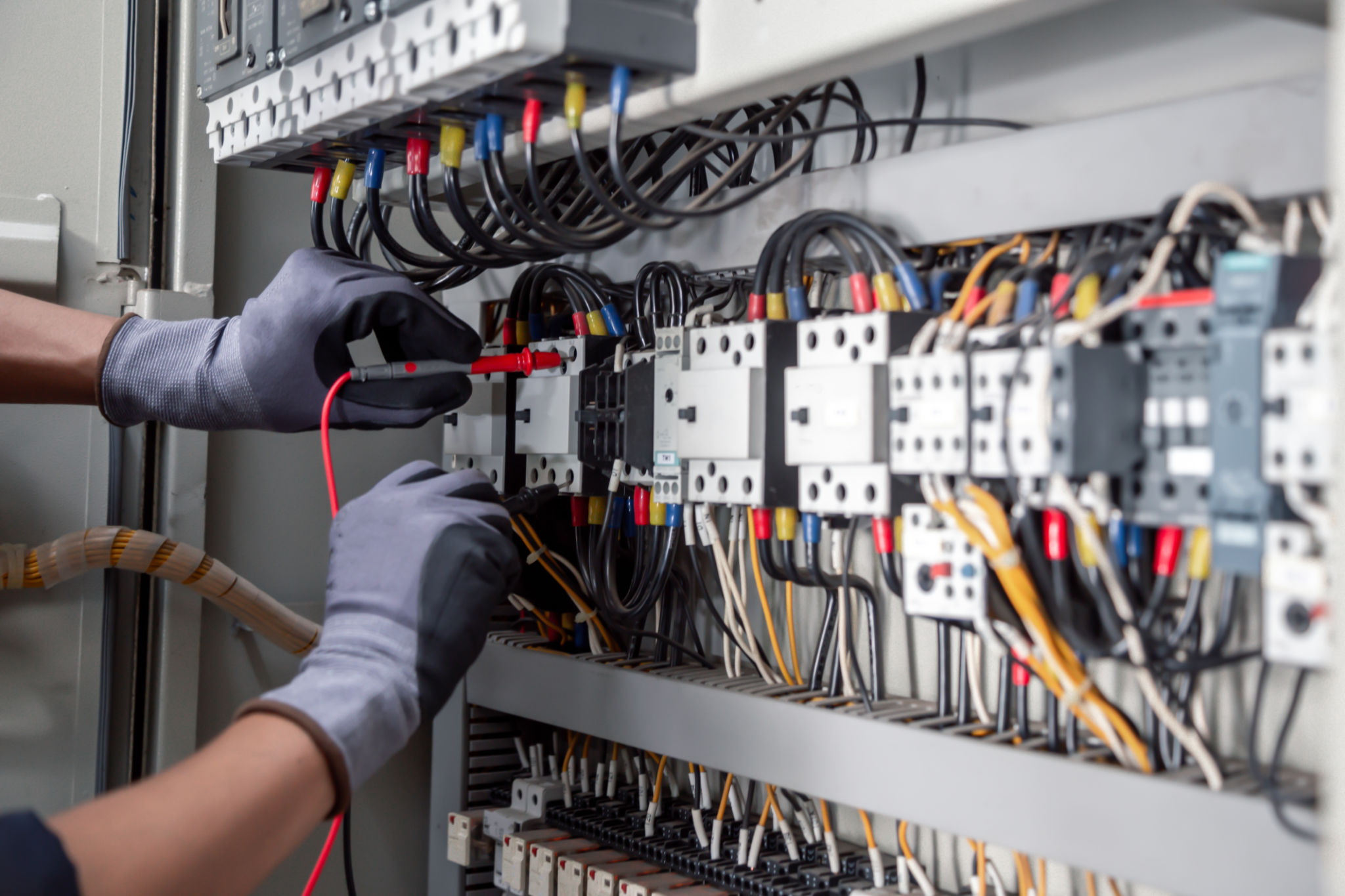DIY Electrical Safety Checks Every Homeowner Should Know
Introduction to Electrical Safety
Electricity is an essential part of our daily lives, powering our homes and allowing us to enjoy modern conveniences. However, it also poses potential hazards if not handled correctly. As a homeowner, performing regular DIY electrical safety checks can help ensure your family's safety and prevent costly repairs. This guide will walk you through essential steps to maintain electrical safety in your home.

Inspecting Electrical Outlets
One of the simplest yet most critical checks involves inspecting your home’s electrical outlets. Ensure that all outlets are cool to the touch. Warm or hot outlets might indicate wiring issues that need immediate attention. Additionally, check for signs of wear and tear, such as cracks or discoloration, which could signify potential hazards.
Testing Ground Fault Circuit Interrupters (GFCIs)
GFCIs play a crucial role in preventing electrical shocks by shutting off power when a ground fault occurs. Test each GFCI outlet monthly by pressing the "test" button followed by the "reset" button. If the outlet doesn't trip or reset, it may require replacement.
Examining Cords and Plugs
Regularly inspect cords and plugs for any signs of damage, such as fraying or exposed wires. Damaged cords can lead to electric shocks or fires, making it vital to replace them immediately. Avoid running cords under rugs or furniture, as this can cause them to overheat and become fire hazards.

Using Extension Cords Safely
Extension cords are meant for temporary use and should not replace permanent wiring. Ensure that you are using cords rated for the intended use and avoid overloading them with too many devices. Using cords with a built-in surge protector can provide an added layer of safety.
Checking Your Home’s Electrical Panel
The electrical panel is the heart of your home's electrical system. Periodically check that all circuit breakers are labeled correctly and functioning properly. If you notice frequent tripping, it might indicate an overloaded circuit or other electrical issues that require professional attention.

Understanding Circuit Breakers
Circuit breakers are designed to protect your home by cutting off power during overloads or short circuits. Familiarize yourself with how to reset them safely. If a breaker trips frequently, it’s important to investigate the cause, as this could point to an underlying problem.
Conclusion: When to Call a Professional
While these DIY checks can help maintain electrical safety in your home, there are certain situations where professional intervention is necessary. If you encounter frequent issues, like flickering lights or persistent breaker trips, it's best to consult a licensed electrician. Prioritizing electrical safety not only protects your home but also provides peace of mind for you and your family.
